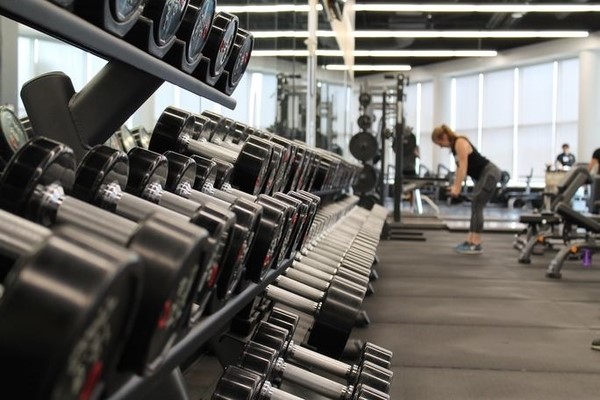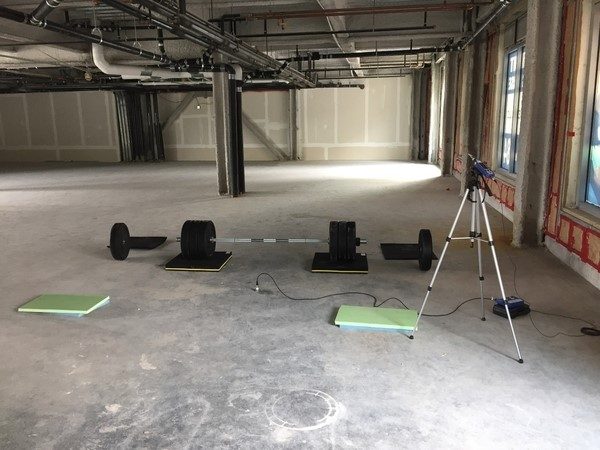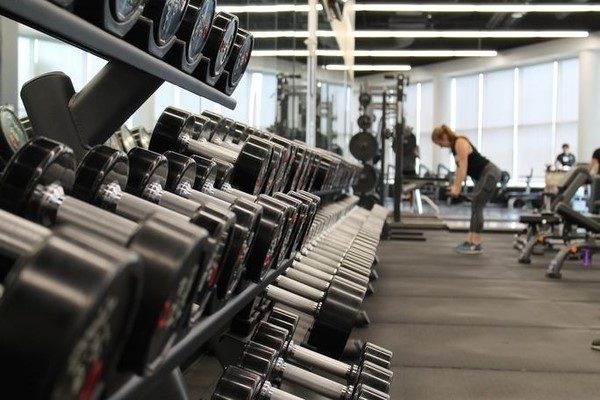Ethan R. Brush
Energy, Environmental, Transportation |
Market Co-Leader
Principal

In urban settings where space is at a premium, mixed-use development is an attempt to accommodate as many functions as possible by blending residential, commercial, cultural, institutional, medical, or industrial uses all within a close proximity. Developers and building managers are now trying to attract tenants of all kinds by offering various amenities that fit conveniently into their daily lives.
What if you could incorporate an on-site fitness facility for your building, thereby making leasable spaces more desirable for prospective tenants?
Providing so many functions of our daily lives all in one dense location can pose a multitude of challenges that architects and developers may not think about until it is too late. High among those challenges is the noise and vibration environment for other building occupants. The presence of unwanted noise or vibration can be debilitating.
An especially challenging situation can occur with the placement of a fitness club in close proximity to other building uses.
Before adding a space for fitness activities to a new or existing building, some homework should be done up front.

(Photo: A recent evaluation of different combinations of rubber and foam flooring materials for mitigating heavy barbell weight drops. In this scenario the first floor space was above a parking garage, and the weights were dropped in the middle of the structural bay and near the columns onto several different materials to evaluate their effectiveness at reducing building noise and vibration in adjacent spaces to acceptable levels. Credit: Acentech)
Consider all possible adjacent building uses and their tolerance to external noise and vibration. An outpatient medical facility might have a very low tolerance, especially for surgery or MRI imaging suites, whereas a coffee shop might have a very high threshold for being affected.
There are a number of published noise and vibration guidelines available for residential, office, medical and general human comfort to use as a reference.
Determine what the major noise and vibration sources are from a proposed fitness activity. Amplified music and instructor voices through speaker systems is a loud source most people recognize. This is one example of an airborne sound source.
A host of other activities can cause what is known as structure-borne noise, which is sound that travels to adjacent spaces through building vibrations.
The thud of dropping weights is a prime example of structure-borne noise, as is the pounding of footsteps on a treadmill.
These activities can create audible structure-borne noise without producing perceptible building movement; however, they often go hand in hand.
Predict the amount of noise and vibration that can be expected in all of the spaces vertically and horizontally adjacent to the fitness area and compare that to all applicable criteria. This can be done either analytically using engineering principles, or directly with simulated activities and music in an existing space while measuring in the adjacent spaces.
If the expected levels exceed any of the criteria, then mitigations need to be evaluated. Special wall, ceiling and floor architectural details can be constructed to reduce the transfer of airborne sound.
If mitigating solutions are executed well, a fitness facility can create quite a bit of airborne noise in its space without negatively affecting its neighbors. That doesn’t, however, mean there are no restrictions to the amount of noise that can be generated. Even the best mitigating designs have their limits. Additional measures can be taken to cap the amount of sound generated through the speaker systems either administratively or with automatic electronic limiters.
An expensive design for stopping airborne noise may be for naught if there are structure-borne noise issues. Dropping of weights in particular can be difficult to address.

(Photo: Dropping weights is an example of structure-borne noise. Credit: Unsplash)
There are a number of commercially available flooring products that are effective in reducing impact noise from light dumbbells and the thump of footsteps on treadmills. The materials are usually comprised of various layers of rubber or foam.
While these products can be effective at reducing structure-borne noise, they often aren’t enough to mitigate the perceptible vibrations that can occur in a space that is incompatible with these high-impact activities. Heavy weightlifting, treadmills, and even large cycling studios have the potential to cause feel-able vibrations in adjacent spaces well above most applicable limits. The best mitigation for these activities is to place them as far away from sensitive receivers as possible, and also on a grade floor slab. If not on grade, they should be located in stiff areas of the building near columns or in smaller structural bays.
Heavy weightlifting exercises, even with all mitigation options implemented, may still exceed acceptable conditions. Therefore, it is best to perform testing of these activities prior to full design of the facility.
When considering fitness spaces of any size that will be sharing building occupancy with other uses it is important to remember to follow these homework steps for evaluating noise and vibration. Identifying issues early and addressing them with the proper mitigations can be the key to a successful outcome.